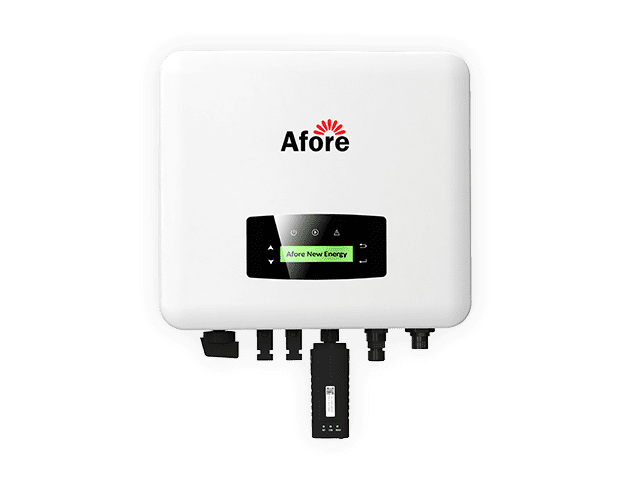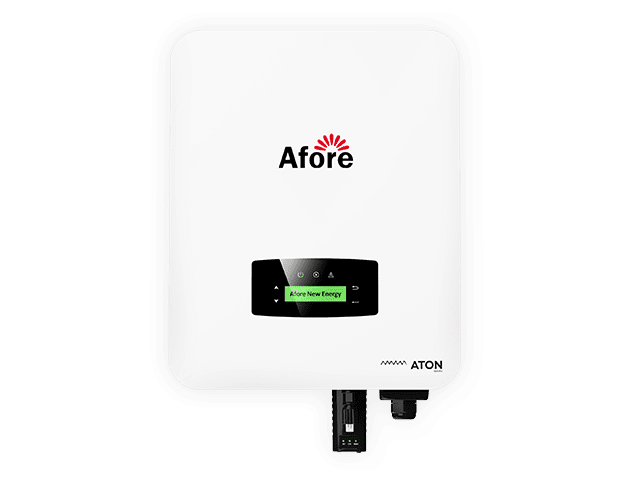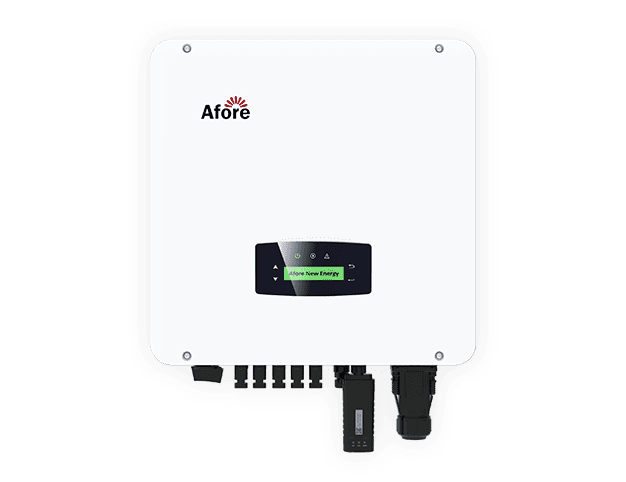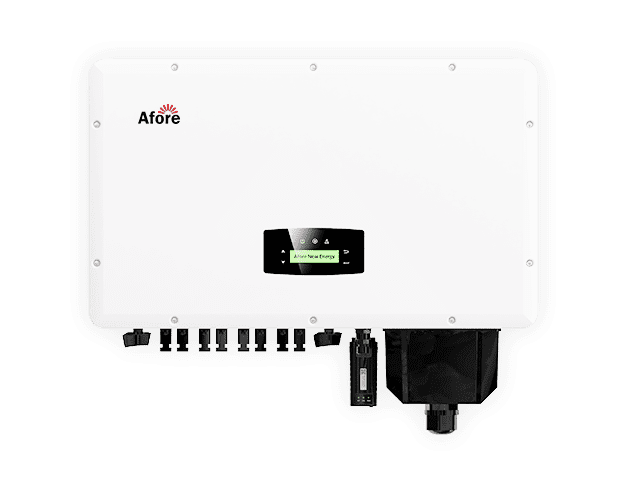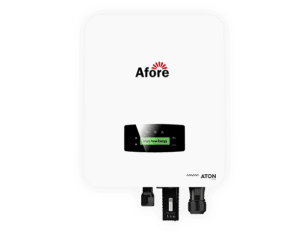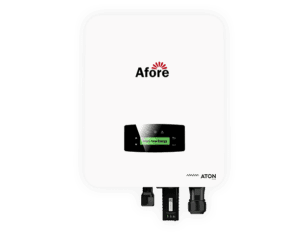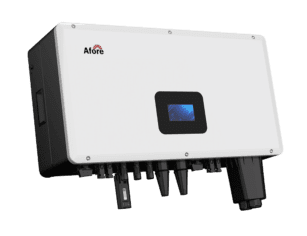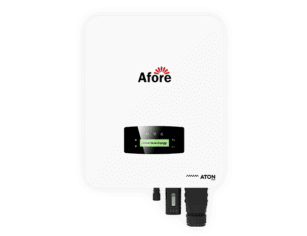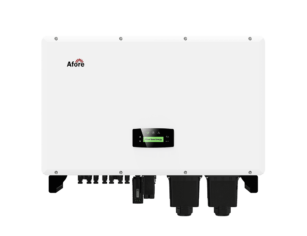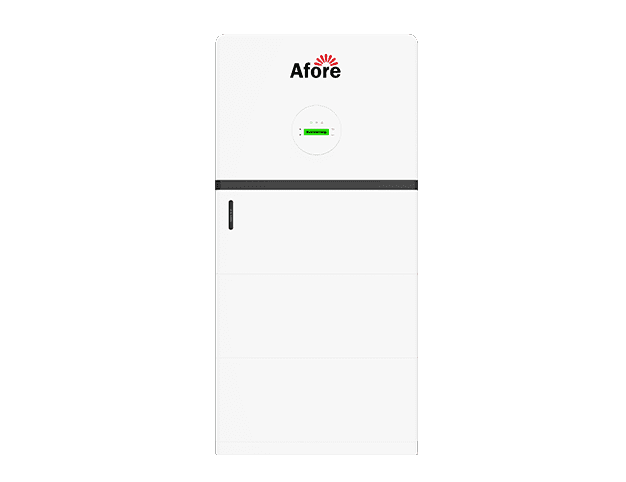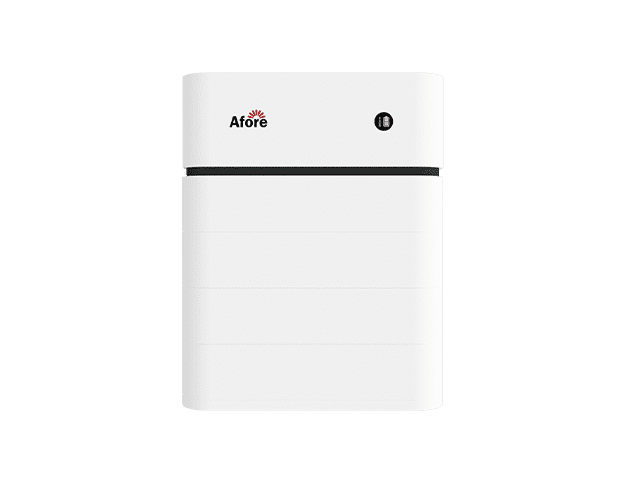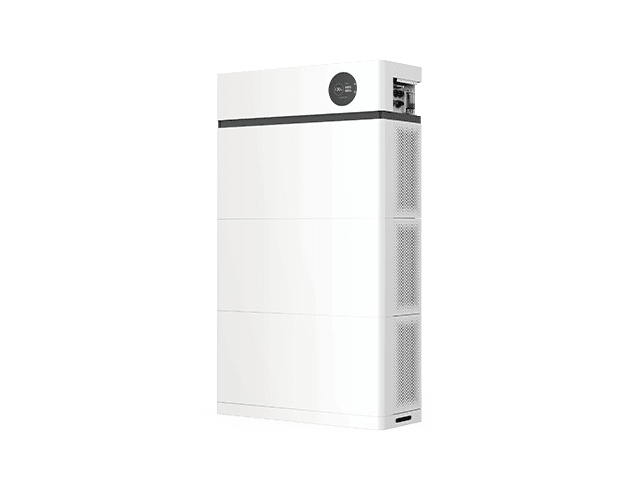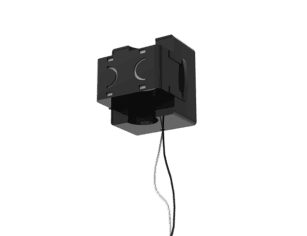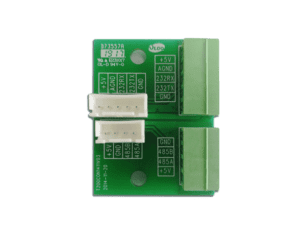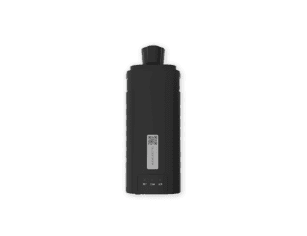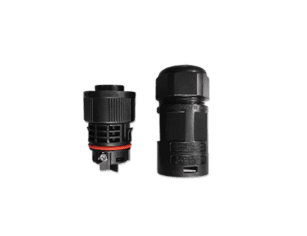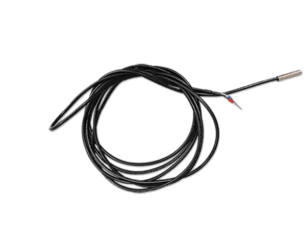Guía completa de sistemas solares aislados e inversores solares

Índice
Off-grid solar systems have become increasingly popular for homeowners, remote property owners, and anyone looking to gain energy independence. These systems allow you to generate and store your own electricity, reducing reliance on traditional power grids while promoting sustainability. By integrating a properly sized solar array, batteries, and a solar inverter, you can ensure a reliable power supply even in areas with limited or no access to the utility grid. Whether you are considering off-grid living, a cabin in the wilderness, or simply want backup power, understanding how off-grid solar systems work is crucial for designing a system that meets your energy needs efficiently and cost-effectively.
Introducción a los sistemas solares aislados
¿Qué es un sistema solar aislado?
An off-grid solar system operates independently from the utility grid, providing electricity to homes or buildings without relying on external power sources. This system comprises solar panels, a solar inverter, batteries, and a charge controller. Solar panels capture sunlight and convert it into direct current (DC) electricity. The solar inverter then converts this DC electricity into alternating current (AC), which is used by most household appliances. Batteries store excess energy generated during the day for use at night or during periods of low sunlight. The charge controller regulates the flow of electricity to and from the batteries, ensuring they are charged properly and not overcharged.
Ventajas de no depender de la red eléctrica
- Energy Independence: Off-grid systems eliminate reliance on utility companies, providing complete control over energy production and consumption.
- Cost Savings: While the initial investment can be high, off-grid systems can lead to significant savings on electricity bills over time.
- Environmental Impact: Utilizing renewable solar energy reduces carbon footprints and dependence on fossil fuels.
- Reliability: In remote areas where grid access is limited or unreliable, off-grid systems ensure a consistent power supply.
Cómo determinar el tamaño adecuado de su sistema solar aislado
Designing an off-grid solar system that reliably meets your energy needs starts with accurate sizing. A system that is too small will leave you short on power, while an oversized system can lead to unnecessary expenses. Proper planning ensures efficiency, cost-effectiveness, and long-term satisfaction.
Calcular las necesidades energéticas
Before you select components like solar panels or a solar inverter, you need a clear understanding of how much energy you actually consume. Start by creating a detailed list of every appliance, light, and device you plan to power with your off-grid system. Note each item’s wattage and estimate how many hours per day it will run. Multiply the wattage by the hours used to determine the daily energy consumption in watt-hours (Wh).
For example, if you use a 100-watt light bulb for 5 hours each day, it consumes 500 Wh. Summing the energy consumption of all appliances gives you the total daily requirement. Keep in mind that seasonal changes, weather patterns, and unexpected energy demands can affect your calculations, so it’s wise to include a buffer—typically 20–30% extra capacity—to ensure your off-grid solar system consistently meets your needs.
Dimensionar el campo solar
Once daily energy needs are clear, you can determine the appropriate solar array size. The solar array, composed of multiple solar panels, must generate enough energy to cover daily consumption and charge the battery bank. Start by dividing your daily energy needs by the average peak sun hours in your location. Peak sun hours are a measure of sunlight intensity that directly affects energy production.
For instance, if your household requires 6,000 Wh per day and your location receives an average of 5 peak sun hours daily, your solar array must produce roughly 1,200 watts per hour (6,000 ÷ 5). From there, you can select a combination of panels that collectively meet or slightly exceed this output. Remember, system losses from shading, wiring, or efficiency inefficiencies should also be factored in. A slightly larger array provides a safety margin, ensuring your off-grid solar system can meet demand even on cloudy days.
Requisitos de almacenamiento de la batería
Battery storage is the backbone of any off-grid solar system because it ensures you have electricity when the sun isn’t shining. Determining the right storage capacity involves calculating the number of days you want to maintain power without sunlight, known as “days of autonomy.” A common recommendation is to plan for at least two to three days of autonomy.
To calculate battery capacity, divide your daily energy consumption by the system voltage, and then adjust for the depth of discharge (DoD) recommended for your battery type. For example, a daily requirement of 6,000 Wh with a 24-volt system and a DoD of 80% would need a battery bank capable of storing roughly 313 amp-hours (6,000 ÷ 24 ÷ 0.8). Properly sized batteries not only provide backup during cloudy days but also extend the lifespan of your solar inverter by preventing overloading and frequent cycling.
Additionally, consider future expansion when sizing your battery bank. If you plan to add more appliances or increase energy consumption later, designing a slightly larger system now can save time and money down the line. By carefully balancing energy consumption, solar array size, and battery storage, you ensure your off-grid solar system delivers reliable, efficient, and sustainable power for years to come.
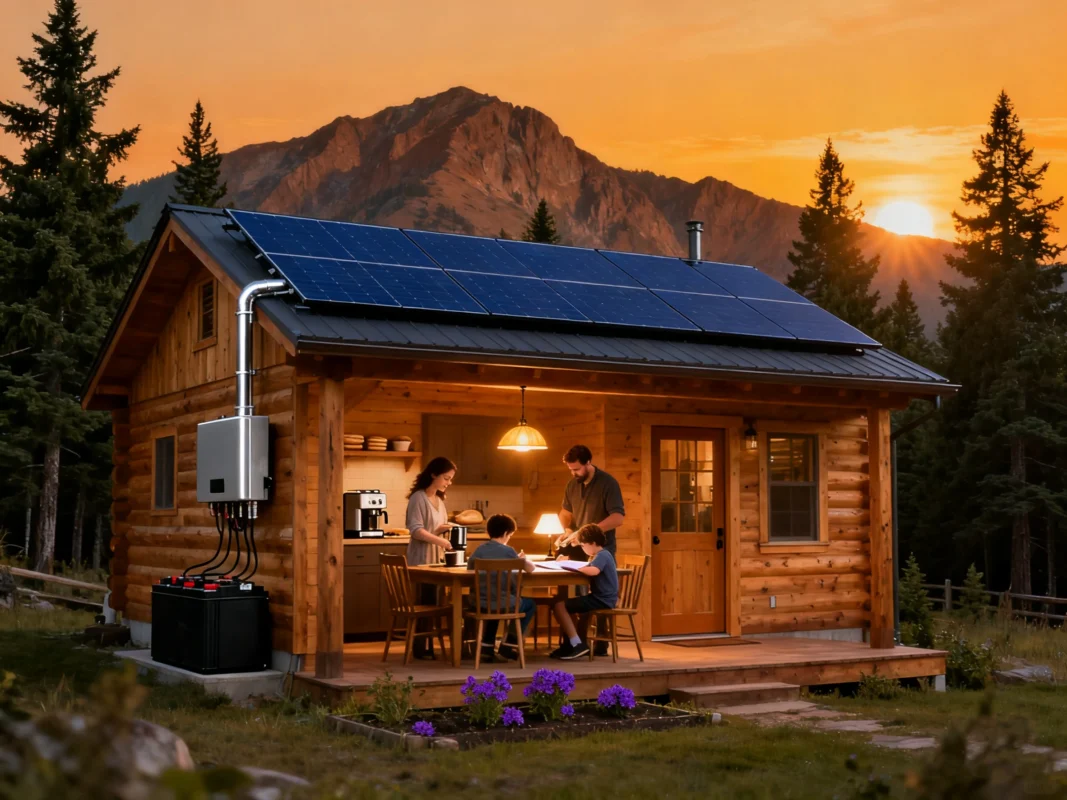
Los inversores solares en sistemas aislados
For any off-grid solar system, the solar inverter is one of the most critical components. It acts as the bridge between the energy captured by your solar panels and the electricity used by your home. Without a properly sized and maintained solar inverter, even the most powerful solar array can fail to meet your energy needs efficiently. Understanding the role, types, and maintenance of solar inverters is essential for designing a reliable off-grid solar system.
Papel de los inversores solares
A solar inverter’s primary function is to convert direct current (DC) electricity generated by solar panels into alternating current (AC) electricity that household appliances can use. In off-grid solar systems, the inverter also performs additional roles, such as regulating voltage, protecting against overloads, and managing battery charging and discharging.
Beyond simple conversion, a quality solar inverter ensures energy flows efficiently between the solar array, the battery bank, and your home’s electrical loads. It can prioritize power from the solar panels during the day and switch to battery power automatically when sunlight is insufficient. This seamless energy management is crucial for off-grid setups, where grid power is unavailable as a backup.
Tipos de inversores
Off-grid solar systems typically use two main types of inverters: off-grid inverters and hybrid inverters.
- Off-Grid Inverters: These are specifically designed for standalone systems that have no connection to the utility grid. They include integrated battery management features and are optimized for handling the fluctuations of solar energy production. Off-grid inverters ensure a stable and reliable power supply by balancing energy from the solar array and the battery bank.
- Hybrid Inverters: Hybrid inverters combine features of grid-tied and off-grid systems. They can interact with the grid if it is available, but they also manage battery storage and provide backup power during outages. Hybrid inverters offer flexibility and are ideal for households considering future grid connectivity or partial off-grid setups.
Choosing the right inverter depends on your energy needs, location, and whether you anticipate connecting to the grid in the future. Off-grid inverters are best for complete independence, while hybrid inverters offer adaptability and additional energy management features.
Vida útil y mantenimiento
The lifespan of a solar inverter typically ranges from 10 to 15 years, though high-quality units can last longer if properly maintained. Environmental factors, such as temperature extremes, dust, and humidity, can affect performance and longevity. Regular maintenance is essential to ensure reliable operation of both the solar inverter and the entire off-grid solar system.
Maintenance tasks include:
- Inspecting connections for corrosion or loosening.
- Ensuring adequate ventilation to prevent overheating.
- Monitoring performance metrics to detect anomalies early.
- Updating firmware, if applicable, to improve efficiency and features.
Proactive maintenance not only extends the life of the solar inverter but also protects the battery bank and prevents unexpected power outages. By combining careful component selection with regular inspection, you can ensure your off-grid solar system remains reliable for decades.
Ventajas e inconvenientes de los sistemas solares aislados
Understanding both the benefits and challenges of off-grid solar systems is essential before making a decision. While the idea of complete energy independence is appealing, it’s important to weigh the practical implications, costs, and maintenance requirements. By examining the advantages and disadvantages, you can determine whether an off-grid solar system is the right choice for your home or property.
Ventajas
Independencia energética total
Off-grid solar systems provide total autonomy from utility companies. With a properly sized solar array and battery bank managed by a solar inverter, you can generate and store your own electricity, making you immune to power outages or rising energy prices.
Sostenibilidad medioambiental
By relying entirely on solar energy, off-grid systems reduce your carbon footprint. This clean energy solution produces no emissions during operation, making it a sustainable alternative to fossil-fuel-based electricity.
Ahorro de costes a lo largo del tiempo
Although the upfront investment can be significant, off-grid solar systems eliminate monthly electricity bills. Over the lifetime of the system, the savings on energy costs can offset the initial setup, especially in areas where grid electricity is expensive or unreliable.
Energía fiable en lugares remotos
For cabins, rural homes, or properties far from the utility grid, off-grid solar systems are often the only viable option. A well-designed system with a robust solar inverter ensures consistent power even in isolated areas.
Scalable and Customizable
Off-grid solar systems can be tailored to meet specific energy demands. By adjusting the number of solar panels, battery capacity, and solar inverter size, you can create a system that fits your household needs precisely.
Desventajas
High Initial Costs
One of the biggest drawbacks of off-grid solar systems is the upfront investment. Costs for solar panels, batteries, a solar inverter, and installation can be substantial, making it a significant financial commitment.
Requisitos de mantenimiento
Unlike grid-tied systems, off-grid solar systems require regular monitoring and maintenance. Batteries must be checked for health, connections inspected, and the solar inverter maintained to prevent failures. Neglecting maintenance can reduce system efficiency and lifespan.
Limitaciones del almacenamiento de energía
Batteries are the lifeblood of off-grid systems. However, they have finite storage capacities, which may not always cover unexpected energy surges or prolonged periods of cloudy weather. Careful planning and adequate battery sizing are essential.
Weather Dependency
Solar energy production is naturally dependent on sunlight. Extended periods of cloudy or rainy weather can reduce energy generation, making an efficient solar inverter and properly sized battery bank critical for maintaining consistent power.
Complex System Design
Designing an off-grid solar system that balances energy generation, storage, and consumption requires careful planning. Improper design can lead to inefficiency, wasted energy, or insufficient power, which underscores the importance of professional guidance.
By carefully considering these advantages and disadvantages, homeowners can make informed decisions about investing in off-grid solar systems. Understanding the role of a solar inverter in balancing energy flow and managing storage is crucial for optimizing system performance and ensuring long-term reliability.

Consideraciones financieras e incentivos
Desglose de costes
The cost of an off-grid solar system varies based on factors like system size, location, and component quality. On average, a complete off-grid solar system can range from $10,000 to $30,000. This includes the cost of solar panels, batteries, inverter, charge controller, and installation. While the initial investment is high, the long-term savings on electricity bills can make the system cost-effective over time.
Créditos fiscales e incentivos
In many regions, governments offer incentives to encourage the adoption of renewable energy systems. These can include tax credits, rebates, and grants. For instance, in the United States, the federal government offers a tax credit for solar energy systems, which can significantly reduce the upfront cost. It’s essential to research available incentives in your area to maximize savings.
Inversores híbridos frente a inversores aislados: ¿Cuál es el más adecuado para usted?
Choosing the right inverter is one of the most important decisions when designing an off-grid solar system. The solar inverter plays a crucial role in converting DC electricity from your solar panels into AC power for your home, managing battery charging, and maintaining system stability. Understanding the differences between hybrid inverters and off-grid inverters can help you make an informed decision that fits both your current energy needs and future plans.
Inversores híbridos
Inversores híbridos combine the features of both off-grid and grid-tied systems. They can operate independently like an off-grid inverter while also being capable of connecting to the utility grid if available. This dual functionality provides several advantages:
- Flexibility: Hybrid inverters allow you to draw power from the grid when solar production is insufficient, reducing the risk of running out of electricity.
- Battery Management: They efficiently manage energy flow between your solar panels, batteries, and the grid, ensuring optimal use of stored power.
- Backup Power: In case of a grid outage, hybrid inverters can automatically switch to battery power, providing seamless energy continuity.
- Future-Proofing: If you plan to expand your system or eventually connect to the grid, a hybrid inverter provides the adaptability you need.
However, hybrid inverters are often more expensive and slightly more complex to install and configure than off-grid inverters. They are best suited for households that want a balance between energy independence and flexibility with grid access.
Inversores aislados
Off-grid inverters are designed specifically for systems that operate entirely independently of the utility grid. They are ideal for remote locations where connecting to the grid is impractical or impossible.
- Complete Independence: Off-grid inverters provide total energy autonomy, relying solely on solar panels and battery storage.
- Optimized for Storage: They are engineered to work closely with battery banks, ensuring efficient charging and discharging cycles.
- Reliability in Isolation: Without dependency on the grid, these inverters are robust and can maintain power even in areas with no external electricity supply.
The main limitation of off-grid inverters is that they require careful planning of energy production and storage. Without adequate solar panels and battery capacity, your system may face power shortages during periods of low sunlight or high energy consumption.
Elegir
Deciding between a hybrid inverter and an off-grid inverter ultimately depends on your lifestyle, location, and energy goals:
- Choose a Hybrid Inverter if you want the option to use grid power as a backup, anticipate future grid connectivity, or prefer a system that can handle variable energy demands with flexibility.
- Choose an Off-Grid Inverter if you are in a remote area, value complete energy independence, and are prepared to invest in a well-sized solar array and battery bank.
By carefully evaluating your energy consumption, environmental conditions, and long-term plans, you can select a solar inverter that maximizes the efficiency, reliability, and sustainability of your off-grid solar system. The right inverter not only ensures smooth operation today but also protects your investment over the years.
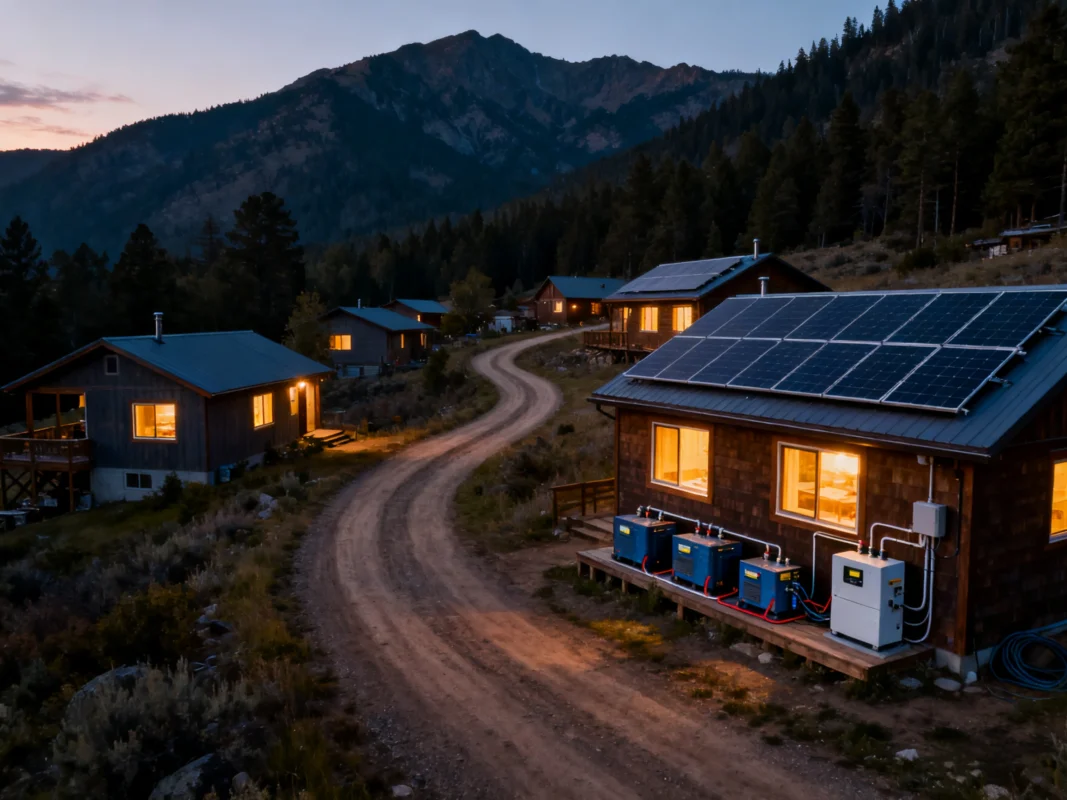
Conclusión
Off-grid solar systems offer a viable solution for energy independence, especially in remote areas without reliable grid access. While the initial investment and maintenance requirements can be significant, the long-term benefits, including cost savings and environmental impact, make them an attractive option for many. Understanding the components, sizing requirements, and available incentives can help in making an informed decision about adopting an off-grid solar system. If you are interested in off-grid solar systems you can visit Afore’s Inversores de almacenamiento de energía, one of the world’s leading fabricantes de inversores solares.
Preguntas frecuentes
-
¿Qué tamaño de sistema solar necesito para desconectarme de la red?
Para determinar el tamaño de un sistema solar aislado de la red, empieza por calcular tu consumo energético diario. Haz una lista de todos los aparatos y dispositivos, anota su potencia en vatios y calcula las horas de uso. Multiplique la potencia por horas para obtener la energía diaria necesaria en vatios-hora. A continuación, ten en cuenta las horas de luz solar y la eficiencia del sistema. No olvide incluir una capacidad extra -normalmente 20-30%- para cubrir los días nublados o el uso inesperado de energía. Un sistema de tamaño adecuado garantiza que el inversor solar y las baterías puedan suministrar energía a su hogar de forma fiable.
-
¿Merece la pena la energía solar aislada?
Merece la pena considerar los sistemas solares aislados para quienes buscan la independencia energética, viven en lugares remotos o quieren reducir su impacto ambiental. Aunque la inversión inicial puede ser superior a la de los sistemas conectados a la red, el ahorro a largo plazo, las ventajas de la sostenibilidad y la fiabilidad energética los convierten en una opción convincente. Para muchos, el hecho de no tener que interrumpir el suministro justifica por sí solo el cambio.
-
¿Cuál es el inconveniente de un sistema solar aislado de la red?
Los principales inconvenientes son los costes iniciales más elevados, los requisitos de mantenimiento continuo y la dependencia de baterías de almacenamiento de tamaño adecuado. La producción de energía depende de las condiciones meteorológicas, por lo que los periodos nublados o lluviosos prolongados pueden poner en peligro el sistema si el tamaño de las baterías es insuficiente. Además, los sistemas solares sin conexión a la red requieren una planificación cuidadosa para equilibrar la generación, el almacenamiento y el consumo.
-
¿Puedo obtener desgravaciones fiscales por la energía solar no conectada a la red?
Muchas regiones ofrecen incentivos financieros para la instalación de sistemas de energía renovable, incluidos créditos fiscales y reembolsos. Estos incentivos pueden reducir considerablemente el coste inicial de un sistema solar aislado. Para poder optar a ellos, el sistema debe cumplir ciertas normas de eficiencia o instalación, por lo que es importante comprobar la normativa local y los programas de incentivos.
-
¿Cuál es la vida útil de una instalación solar aislada?
Los paneles solares de los sistemas aislados suelen durar entre 25 y 30 años, mientras que las baterías suelen durar entre 10 y 15 años, dependiendo del uso y el mantenimiento. Los inversores solares suelen tener una vida útil de 10-15 años. Un mantenimiento regular, un dimensionamiento adecuado y una gestión cuidadosa de las cargas energéticas pueden prolongar la vida útil de todos los componentes y mejorar la eficiencia del sistema con el paso del tiempo.
-
¿Qué es mejor, un híbrido o un inversor aislado?
La elección depende de sus objetivos y ubicación. Los inversores híbridos proporcionan flexibilidad al permitir la conexión a la red mientras gestionan el almacenamiento en baterías, ideal para quienes desean una independencia parcial con opciones de respaldo. Los inversores aislados están diseñados para una autonomía total y son ideales para zonas remotas sin acceso a la red. Ambos tipos requieren un sistema bien diseñado para garantizar la fiabilidad y la eficiencia.
-
¿Cómo calculo el número de paneles solares necesarios?
To calculate panels, divide your total daily energy consumption by the product of average peak sunlight hours and the panel wattage. Adjust for system losses due to shading, wiring, and inverter efficiency. Oversizing slightly ensures that your off-grid solar system can meet demand even in less sunny conditions.
-
¿Qué factores afectan a la vida útil de las baterías solares?
Battery lifespan depends on depth of discharge (DoD), temperature extremes, usage cycles, and maintenance. Frequent deep discharges or exposure to high temperatures can reduce longevity. Regular monitoring and balanced charging via a solar inverter can optimize battery performance.
-
¿Existen requisitos de mantenimiento para los sistemas no conectados a la red?
Yes. Regular maintenance includes cleaning solar panels to ensure maximum sunlight absorption, checking battery health and connections, inspecting wiring, and monitoring solar inverter performance. Consistent maintenance prevents inefficiencies and prolongs the life of your system.
-
¿Pueden ampliarse los sistemas sin conexión a la red?
Off-grid solar systems can be expanded by adding more solar panels, batteries, or a higher-capacity solar inverter. However, expansion requires careful planning to maintain balance between energy production, storage, and consumption. Proper design ensures that scaling up does not compromise reliability or efficiency.





